During the time of Italian Unification, much of the fighting occurred on land between the multiple armies that existed on the Italian peninsula. However, while the army of the newly formed Kingdom of Italy (and their Garibaldini associates) performed a majority of the actions and gained the most notability, the importance of having a modern and effective naval force was not lost on the Kingdom’s officials. Even during the early days of Italian Unification, efforts were being made to procure modern ships such as ironclads and steam frigates in order to strengthen the fledgling nation’s ability to protect its waters from any outside forces, particularly the Austrian Empire. Vedetta was the product of this effort and while she was not a particularly large ship, she did mark an important milestone towards the future of Italian domestic naval industry.
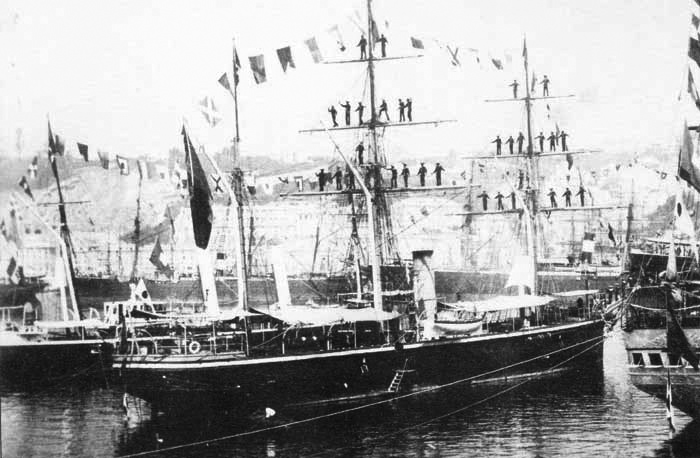
Design Overview
Hull and General Design
Vedetta was built by Cantiere della Foce in Genoa and was laid down in 1862, launched in 1866 and finally finished and commissioned three years later in 1869. At the time of her construction, she gained the title of being the very first warship built in Italian shipyards with an iron hull. The ship’s overall design was reminiscent of contemporary British and French armoured steamships, with a flat vertical bow that incorporated a short forecastle and an equally short quarterdeck on the aft. Keeping within the confines of her type, she was a small ship with a length of 56.25 m (LPP), a beam of 8.24 m and a draft of 3.56 m and a total tonnage of 828 tons. Her crew consisted of 8 officers and 77 enlisted and her total cost of construction was 670,000 Lire.
The ship had a standard propulsion system as many other steam-powered vessels of her time, primarily being powered by steam but also had a barque rig for sailing with three masts available. She was equipped with two Ansaldo boilers and one alternating steam engine, which produced a total of 661 hp. Her powerplant gave her a maximum speed of only 9 knots, however despite this relatively slow speed she had a very short range: only 869 nm (1609 km). Like many ships of her type and construction at the time, she lacked a armour belt and solely relied on her iron hull for protection from incoming fire. Being an aviso, the ship was not expected to perform any serious combat and as such did not necessitate a ram bow nor a heavy armament: originally she was only equipped with a single 75mm gun, regarded as a “No. 1 B.R.” type, but was later augmented with four 120mm Krupp A.R.C. Cannone da 120/21 that were mounted in a broadside configuration with 2 on either side. Later in her career, Vedetta would be given more smaller calibre guns in the form of 6 Hotchkiss 37mm guns with 4 being of the revolver type.
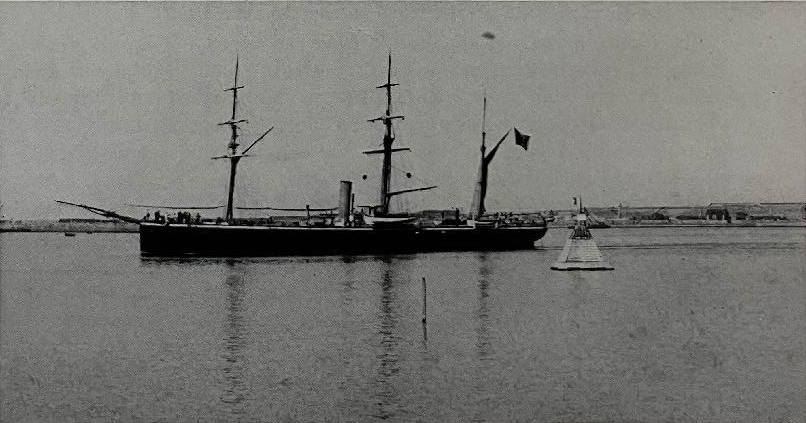
Vedetta leaving the Port of Genoa
⚙ specifications |
|
| Displacement | 828 tons (normal) |
| Dimensions | 56.25 m (lpp) x 8.24 x 3.56 |
| Propulsion | 2 boilers, 1 alternating steam engine: 661 HP |
| Speed | 9 knots |
| Range | 1609 km |
| Armament | 1x 75mm N.1 “B.R.,” later: 4x 120mm Krupp A.R.C. Cannone da 120/21, 6 Hotchkiss 37mm (4 revolver, 2 normal) |
| Protection | Iron hull |
| Crew | 85 |
 Career of Vedetta
Career of Vedetta
Similar to many Italian ships of this time period, Vedetta would not see an exciting career due to mainly being regulated to diplomatic and survey missions. Named after the Italian word for “lookout,” Vedetta joined the ranks of the many avisos within the Regia Marina on the 23 of June, 1869 at La Spezia. She would quickly see her first mission later that year as the flagship of the Permanent Squadron (Squadra Permanente) and hosted the later King of Spain, Amadeo I, during her diplomatic cruise around the Mediterranean that visited nations such as Syria, Egypt and Greece. Following this return, she was given a short refit before being sent off in February of 1870 to conduct geographical surveys of the Bay of Assab under the command of a Capitano di Fregata Francesco Ruggiero.
While the mission should have been a simple assignment, Vedetta would find herself in a dangerous situation. On the 9th of March while sailing near the Suez Canal she ran aground on a sandbar, in such a serious state that her stern was the only part of the hull that was not caught up. To make matters worse, as the crew was attempting to free the ship a storm began to develop and eventually became serious enough to convince Captain Ruggiero that it was necessary to evacuate the crew from the ship. He initially gave the order for the crew to use the ship’s boats to evacuate to shore, however the waves had become too large and rough to safely traverse and the boats had to turn around before reaching shore. On the way back to the ship, crew of one of the boats lost control due to the waves and the boat capsized leading to the death of all aboard: two officers, two petty officers and three sailors. Adding insult to injury to these men, the same storm was able to free the ship from the sandbar and she was able to proceed with her mission.
Likely due to her iron hull she would be assigned to the Armoured Squadron (Squadra Corazzata) in mid 1870 and operate with the navy’s ironclads with her first mission being the support of the nation’s campaign to capture Rome from the Papal States, being the first Italian ship to enter the Roman port of Civitavecchia in September of that year. She would continue to operate with the ironclads for the majority of the early 1870s in diplomatic roles, such as in 1871 when she escorted the new Spanish king Amadeo to Spain. A year later she would be given the chance for a significant change of scenery with an assignment to the Far East, having to sail from La Spezia in December of 1872 with the company of the paddlewheel steam corvette Governolo.
It was lucky that this other ship was present, as the issue of range mentioned earlier became a stark reality: the majority of the trip through the Red Sea, for about 1303 nm (2414 km) she had to be towed by Governolo. It is not known if this was due to there being a lack of wind or due to navigational hazards while under sail in the area but it is entirely possible this action was to save fuel for later in the trip. Nevertheless, the two ships were able to reach Penang in Feburary of 1873. She would stay in this location for the majority of the year, visiting multiple ports around Southeast Asia – Rangoon, Singapore, Hong Kong, Keelung, Shanghai and even weathered a large typhoon in the port of Amoy during the summer. She would return to La Spezia in April of 1874, this time without towing support due to using her sails for the majority of the trip.
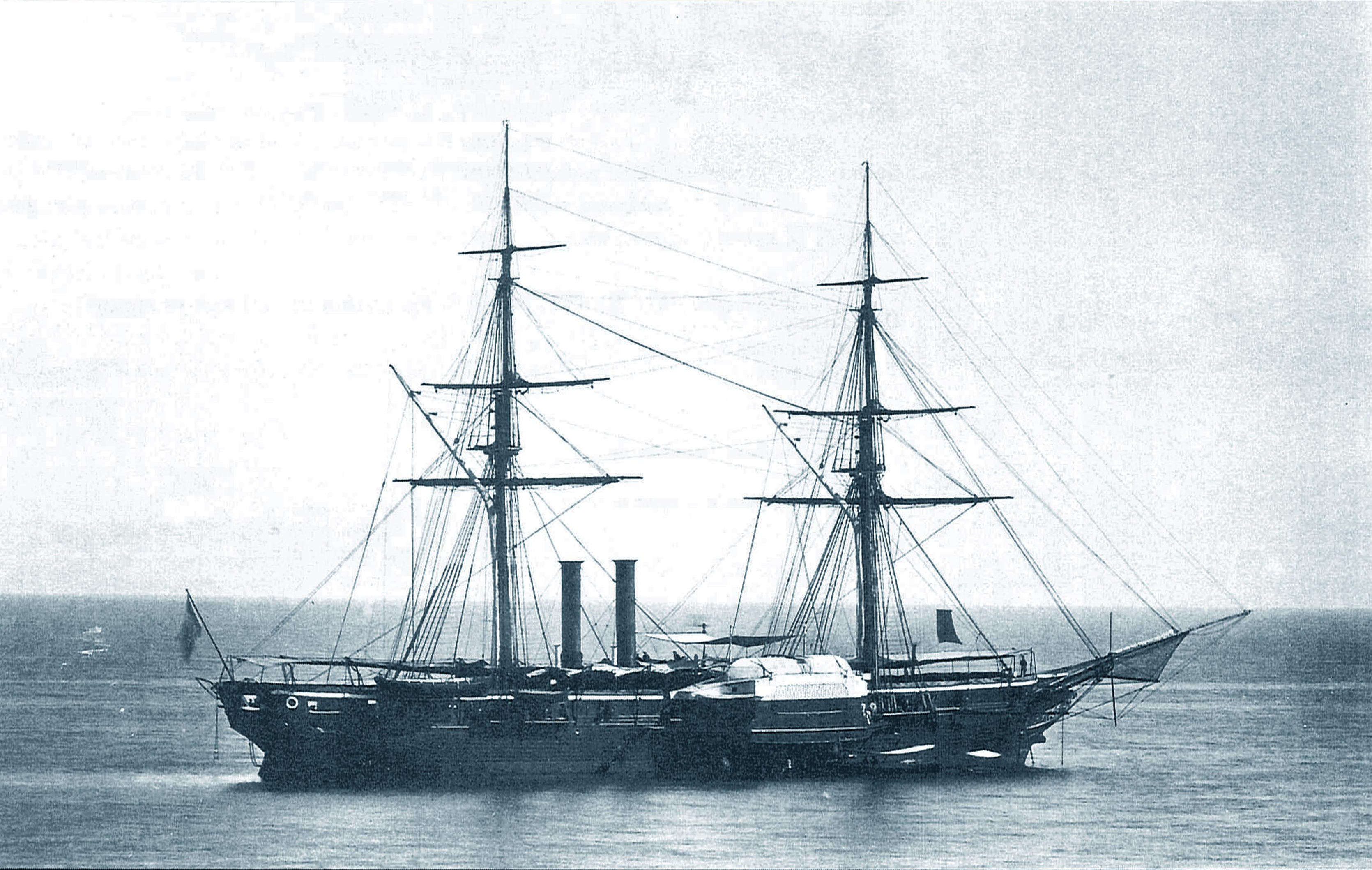
Governolo, seen in 1869
Transitioning between the active and reserve fleet throughout 1874 and 1875, she would finally be returned to active duty in June of 1876 just to be faced with complications due to the conditions of her boilers. They were in very poor condition and prevented the ship from being an effective member of the fleet and, as such, in August of 1876 she was sent to Constantinople where she remained until June of 1877 when she returned to La Spezia for repairs. From 1877 she would continue her diplomatic missions throughout the Mediterranean and Middle East until January 1881 when she was slated for decommissioning, that is until conflict came about in the Ottoman territory of Tunis between the Ottomans and the French. This had been the result of the tensions between Great Britain, France, Italy and the Ottoman Empire focused on the territory throughout the 1870s: the Italians had been unable to make any progress, but it was with the Congress of Berlin that the French were granted sovereignty. As a result, and due to forces hostile to French authority in Algeria being present, the French invaded and occupied the province in 1881. This had been regarded in Italy as the “Slap of Tunis” due to the nation’s inability to achieve its territorial goals, however Italian communities continued to exist in the area and the protection of these communities was the reasoning for Vedetta’s return to duty. She was present during the battle at Sfax and would remain in the area until December, when she returned to Italy.
After this return, she would remain in the waters of Italy from 1882 to 1884 to conduct various exercises and supportive missions. Returning to the Red Sea in March of 1884, she conducted hydrographic surveys of the region while also contributing to the Italian colonial effort through diplomatic negotiations with Egyptian and indigenous officials in the area. In late 1885, she would be sent to the waters outside of Greece to join the International Squadron in the mission of deterrence of a conflict between the Greeks and Ottomans. This would be her last significant assignment, as she would be returned to reserve status and only be moved throughout the following years to act as “departmental flagships” at various naval bases. From 1894 to 1897 she was entirely inactive at Taranto until June of ’97 when she sailed to Venice to become yet another departmental flagship. She was decommissioned in September of that year and reassigned as a barracks ship in Venice from 1901 to 1903 when she was finally decommissioned entirely in August of 1903. It is reported that she was sold to the Istituto di Redenzione Garaventa di Genova, which was a “redemption” school for “troubled” youth, however there is no known record of Vedetta having served as a school ship.
Read More/Sources
Books
Bargoni, F. & Gay, F. Esploratori Fregate Corvette ed Avvisi Italiani. (1970). Ufficio Storico Marina Militare
Campbell, N. J. M. (1979). “Italy”. In Chesneau, Roger & Kolesnik, Eugene M. (eds.). Conway’s All the World’s Fighting Ships 1860–1905.


 Latest Facebook Entry -
Latest Facebook Entry -  X(Tweeter) Naval Encyclopedia's deck archive
X(Tweeter) Naval Encyclopedia's deck archive Instagram (@navalencyc)
Instagram (@navalencyc)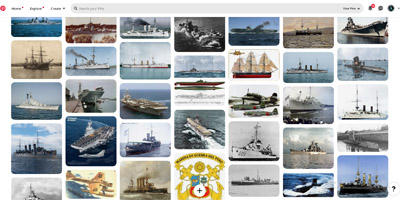


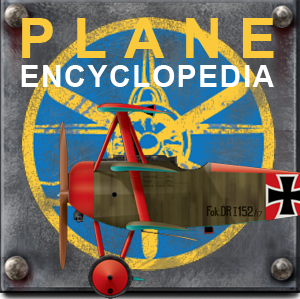
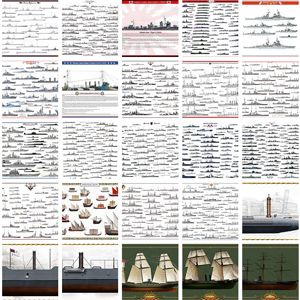
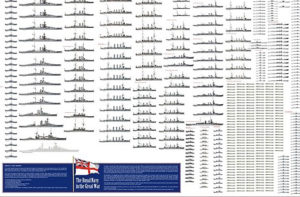
 French Navy
French Navy Royal Navy
Royal Navy Russian Navy
Russian Navy Armada Espanola
Armada Espanola Austrian Navy
Austrian Navy K.u.K. Kriegsmarine
K.u.K. Kriegsmarine Dansk Marine
Dansk Marine Nautiko Hellenon
Nautiko Hellenon Koninklije Marine 1870
Koninklije Marine 1870 Marinha do Brasil
Marinha do Brasil Osmanlı Donanması
Osmanlı Donanması Marina Do Peru
Marina Do Peru Marinha do Portugal
Marinha do Portugal Regia Marina 1870
Regia Marina 1870 Nihhon Kaigun 1870
Nihhon Kaigun 1870 Preußische Marine 1870
Preußische Marine 1870 Russkiy Flot 1870
Russkiy Flot 1870 Svenska marinen
Svenska marinen Søværnet
Søværnet Union Navy
Union Navy Confederate Navy
Confederate Navy Armada de Argentina
Armada de Argentina Imperial Chinese Navy
Imperial Chinese Navy Marinha do Portugal
Marinha do Portugal Mexico
Mexico Kaiserliche Marine
Kaiserliche Marine 1898 US Navy
1898 US Navy Sovietskiy Flot
Sovietskiy Flot Royal Canadian Navy
Royal Canadian Navy Royal Australian Navy
Royal Australian Navy RNZN Fleet
RNZN Fleet Chinese Navy 1937
Chinese Navy 1937 Kriegsmarine
Kriegsmarine Chilean Navy
Chilean Navy Danish Navy
Danish Navy Finnish Navy
Finnish Navy Hellenic Navy
Hellenic Navy Polish Navy
Polish Navy Romanian Navy
Romanian Navy Turkish Navy
Turkish Navy Royal Yugoslav Navy
Royal Yugoslav Navy Royal Thai Navy
Royal Thai Navy Minor Navies
Minor Navies Albania
Albania Austria
Austria Belgium
Belgium Columbia
Columbia Costa Rica
Costa Rica Cuba
Cuba Czechoslovakia
Czechoslovakia Dominican Republic
Dominican Republic Haiti
Haiti Hungary
Hungary Honduras
Honduras Estonia
Estonia Iceland
Iceland Eire
Eire Equador
Equador Iran
Iran Iraq
Iraq Latvia
Latvia Liberia
Liberia Lithuania
Lithuania Mandchukuo
Mandchukuo Morocco
Morocco Nicaragua
Nicaragua Persia
Persia San Salvador
San Salvador Sarawak
Sarawak Uruguay
Uruguay Venezuela
Venezuela Zanzibar
Zanzibar Warsaw Pact Navies
Warsaw Pact Navies Bulgaria
Bulgaria Hungary
Hungary

 Bundesmarine
Bundesmarine Dutch Navy
Dutch Navy Hellenic Navy
Hellenic Navy Marina Militare
Marina Militare Yugoslav Navy
Yugoslav Navy Chinese Navy
Chinese Navy Indian Navy
Indian Navy Indonesian Navy
Indonesian Navy JMSDF
JMSDF North Korean Navy
North Korean Navy Pakistani Navy
Pakistani Navy Philippines Navy
Philippines Navy ROKN
ROKN Rep. of Singapore Navy
Rep. of Singapore Navy Taiwanese Navy
Taiwanese Navy IDF Navy
IDF Navy Saudi Navy
Saudi Navy Royal New Zealand Navy
Royal New Zealand Navy Egyptian Navy
Egyptian Navy South African Navy
South African Navy






























 Ukrainian Navy
Ukrainian Navy dbodesign
dbodesign